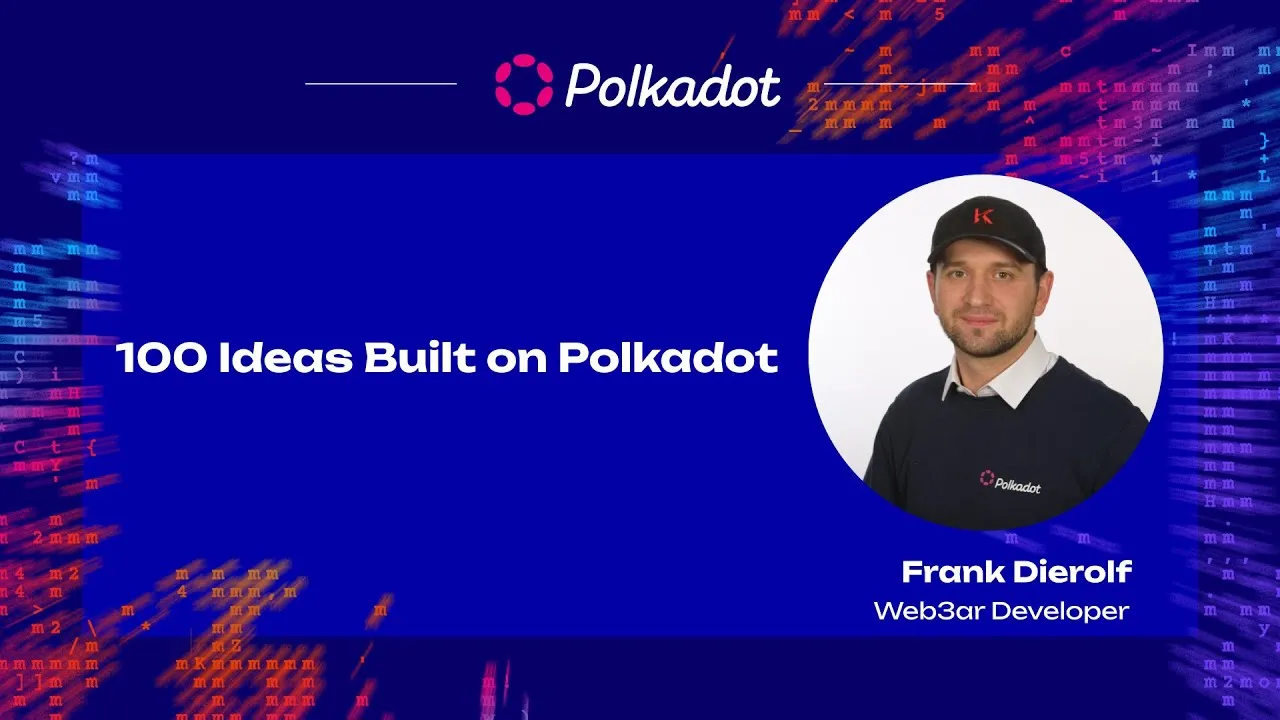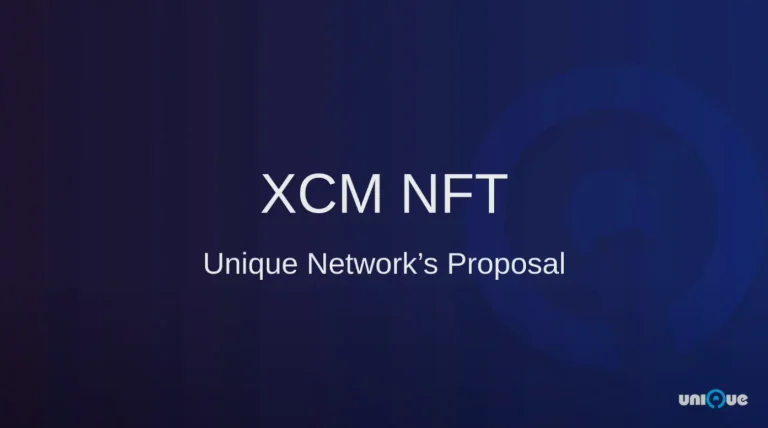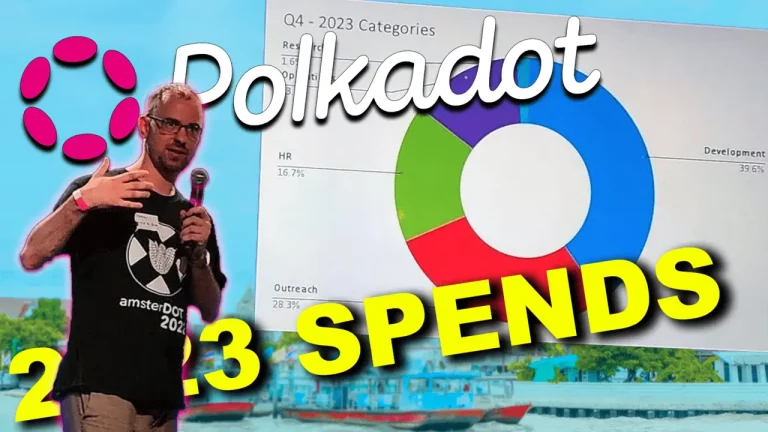At sub0 2024 in Bangkok, Frank Dierolf delivered an engaging and insightful tech talk titled “100 Ideas Built on Polkadot.” This session was designed to equip attendees with the tools and structure necessary to quickly generate and iterate on ideas, ultimately leading to the creation of innovative solutions.
Introduction to Rapid Idea Generation
Frank began by introducing himself and explaining the session’s primary goal: to provide a framework for quickly generating and refining ideas. He emphasized the importance of speed and iteration in the idea development process. Using HackMD, a plain markdown tool, Frank demonstrated how simple text-based tools can be effective for brainstorming.
The Three-Step Process: Think, Sketch, Paint
- Think: Generating Ideas
- Frank’s method starts with creating a rich picture by brainstorming 100 words. He encouraged participants to look around and generate words from their environment and memories, leading to more nuanced and rich ideas.
- Participants then crafted 10 sentences from these words, organizing them into themes such as hardware, music, crafting, and computation. This thematic approach helps in forming a cohesive idea.
- Sketch: Structuring the Idea
- Frank highlighted the importance of structuring ideas through problem-solution framing and requirement gathering. Functional and non-functional requirements were laid out, which are essential in software requirement engineering.
- He demonstrated the creation of user stories and use case diagrams using PlantUML, a tool for generating UML diagrams from plain text descriptions. This visual representation helps in understanding the flow and functionality of the proposed solution.
- Paint: Implementing the Idea
- The final step involved creating a simple smart contract using Ink!, a Rust-based language for writing smart contracts on the Polkadot network. Frank walked through setting up the project, writing basic contract functions, and deploying it on a local blockchain environment.
- This hands-on approach not only solidified the theoretical concepts discussed but also provided a tangible output that participants could further develop and refine.
Practical Tips and Tools
Throughout the talk, Frank shared practical tips and tools that can accelerate the idea-to-prototype process:
- Use of Simple Tools: Tools like HackMD for markdown and PlantUML for diagrams simplify the brainstorming and structuring process.
- Iterative Development: Frank stressed the importance of starting small, testing frequently, and iterating based on feedback. This approach minimizes risk and allows for continuous improvement.
- Playful Language: Using playful and relatable language helps in breaking down complex concepts and making them more accessible.
Conclusion
Frank Dierolf’s session at sub0 2024 provided a clear, actionable framework for rapid idea generation and prototyping using Polkadot. His emphasis on simplicity, speed, and iteration offers valuable lessons for developers and innovators looking to bring their ideas to life quickly and effectively.








